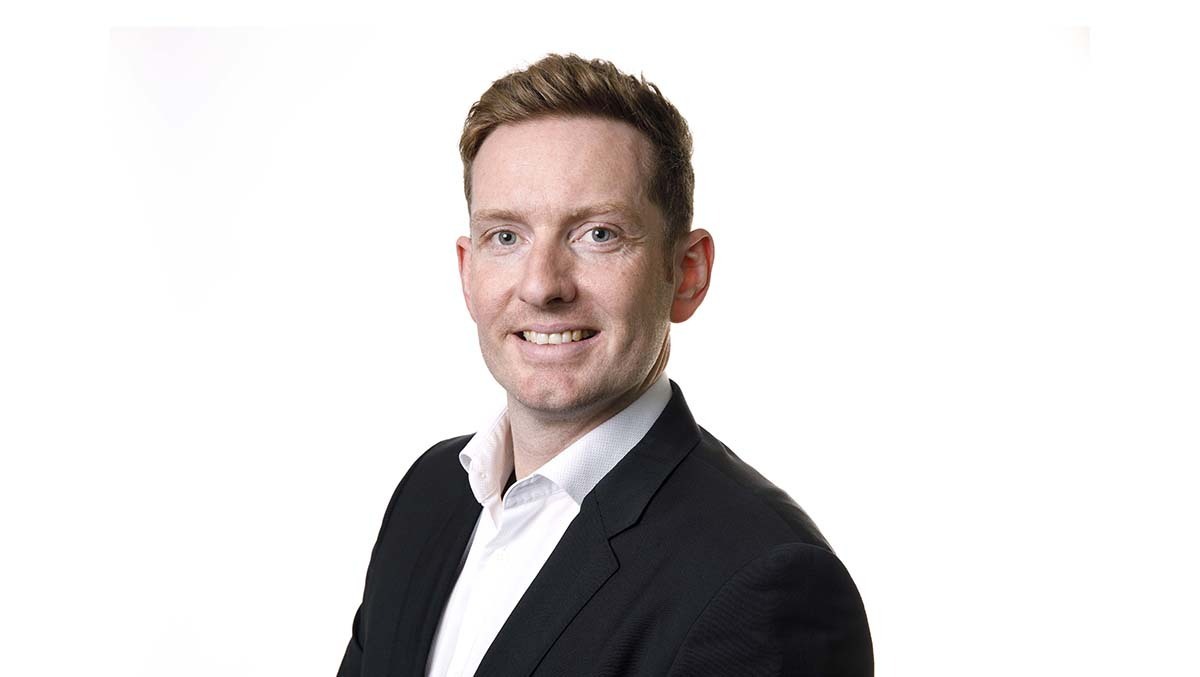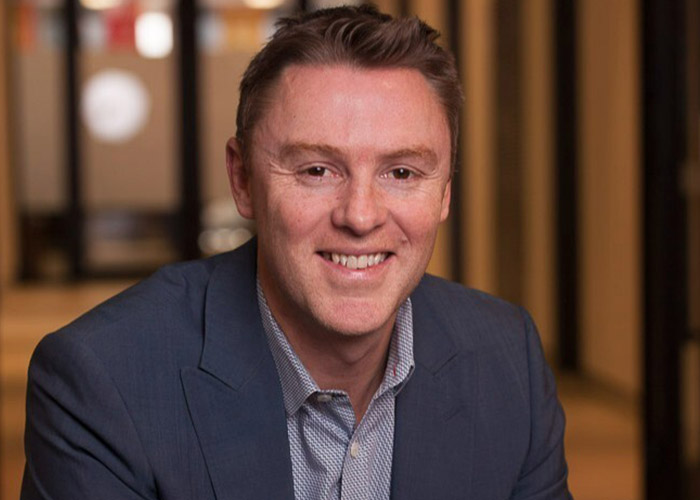How Mapfre gets cloud to coexist with its tech model ambitions
In IT around the world, we are 1,900 people, and in the corporate area about 400, although we also rely on many external suppliers. However, I think we need to balance the scales a little.

In IT around the world, we are 1,900 people, and in the corporate area about 400, although we also rely on many external suppliers. However, I think we need to balance the scales a little. We have suppliers and it’s very important to have powerful partners, but we have to bring back to the company certain profiles that we’ve outsourced in the past such as data architects, cloud experts, and others who guarantee generational change. We also need people who can help us automate processes and have knowledge of artificial intelligence.
Where does Mapfre have its data centers and who manages them?
The three main ones are in Spain, Miami, and São Paulo. We have the operation outsourced both in Latin America, with Telefónica, and in Spain, with Kyndryl.
What lessons can you highlight from your experience as the company’s global CIO?
We have changed some dynamics. Before, in the corporate area, we designed projects and solutions for the countries and then, when we arrived, we found a different reality. So now we do it the other way around. First we start the projects in each country and later we bring them to the corporate area. It’s a positive method because in this way, the countries become involved in the initiatives. In 2022, we developed platforms for end-to-end automation of the development life cycle, and tools for controlling cloud spend from FinOps, which allow us to go to the cloud with more confidence. We’re clear about the goals of the strategic plan. But the challenge is in its execution and in the cultural change that must be made in the IT workforce because many times we’ve become managers of technology providers and now we have to change our mentality and, in addition to managing our partners, carry out other types of more technical work we weren’t doing until now to have a more proactive role.
Where are you putting the focus of ICT investment?
Investment in technology this year is focused on providing economic resources to the major objectives and enablers of the overall strategic plan. A significant part will be allocated to solutions and developments that increase the digitalization and automation of the solutions we offer to businesses and internal technology processes. Furthermore, the development and deployment of the insurance platform as a service for local businesses is a commitment of the group. The data platform we’re developing for the application of traditional and advanced analytics to the company’s business processes also represents an investment, not only from the point of view of technological development, but also attracting talent.
Plus, we’re providing resources to the necessary levers to guarantee the success of these major objectives, such as investment in infrastructure, cloud, transformation of communications, and implementation of new, more agile, and efficient work models and methodologies. These investments also help contain the proportion of OpEx spending, in which we are in line with the market reference.
We spoke about the need to update the backend, but have you already completed modernizing the front?
The pillar of digitalization has been very focused on user experience and in this aspect we’ve improved substantially in recent years. Now, in all the markets where we operate, we’re not yet an omnichannel company, where the user experience is the same regardless of where they enter. It’s true we’re better off in some countries than others and we’re working to be an omnichannel company. We’re multichannel now, but not omnichannel. We’re also introducing new contact center technologies that will help in this regard.
What are your thoughts on generative AI, and how is it something that can be utilized?
We have to have talent that understands how to incorporate AI into our processes. In fact, this year we’ve created an area specialized in automation with RPA and AI, and we’re even analyzing with Microsoft how we can take advantage of ChatGPT. It’s an area that’ll allow us to personalize the user experience, but we have to learn how it works to incorporate it into our processes to issue and grant benefits. That said, we shouldn’t automate for the sake of automation. You have to automate wisely and analyze what the benefit of doing so is, because sometimes processes are automated and no cost is released or significant improvements achieved.
How do you see the future of the insurance sector?
The personalization of services and products is going to be essential. To achieve this, data and business use cases, automation, and transformation of traditional technology operating models are needed, so the barrier between development and infrastructure disappears and we embrace a more transversal model that makes the cycle more efficient and adapted to the business. In our case, cloud is going to help us change the IT operating model and transform the applications.











